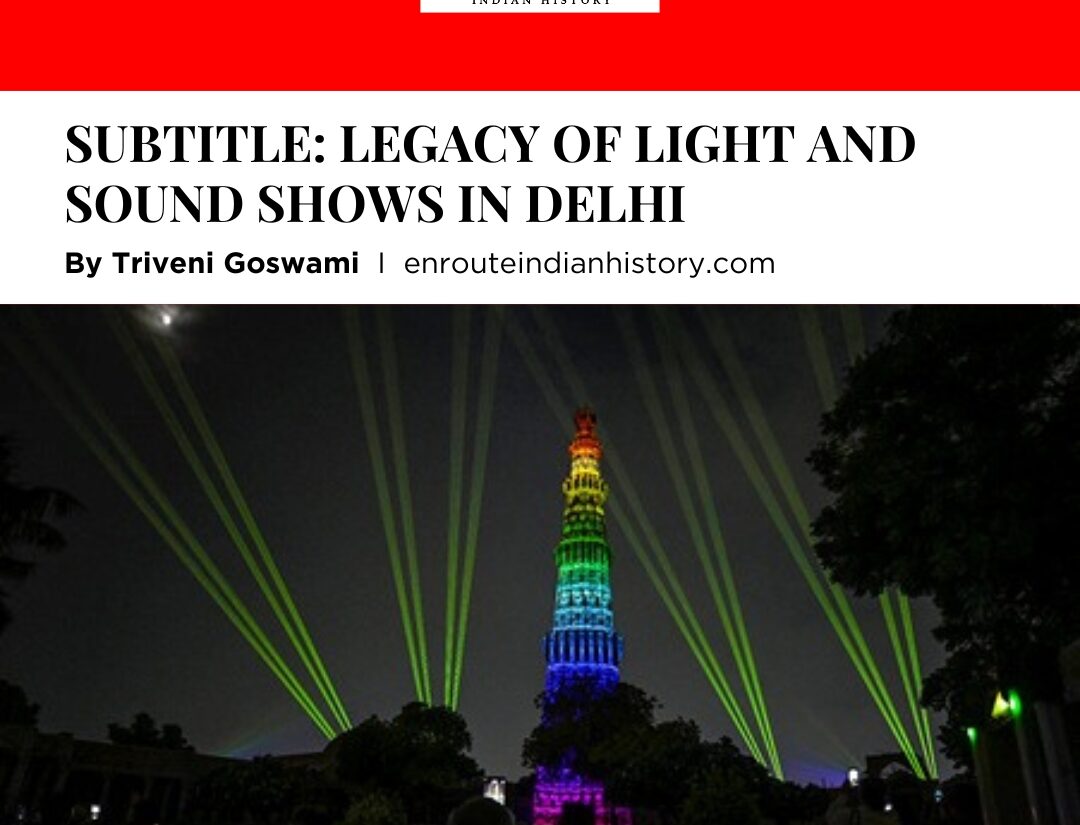India is obsessed with gold. Demand for the precious metal has been high, and can only be fulfilled through gold import. As of 2021, India was the largest importer of gold after China, with 9% of its imports being gold, the country’s second most important import. The total household stock of gold in India is about 23,500 tonnes, of which about 4,000 tonnes are held by temples and 745 tonnes in the country’s official reserves. The country’s fascination with gold is not a recent phenomenon and can be traced to its ancient history.
History of Gold Mining in India
Historical literature from the subcontinent is rife with references to precious metals, particularly in works from the 10th century BCE onwards when knowledge about metallurgy began to flourish. Gold has had more than 40 unique names in Sanskrit. The precise word used for it often depends on how it was mined: the form in which it was found, the region or the river where it was found, or its metallic properties. Archaeological excavations have unearthed gold and silver artifacts, ornaments, and coins from various ancient Indian sites. A hierarchy of metals is also evident in the texts. Silver, along with iron were both metals that had newly arrived in the metallurgy and mining realm of ancient India, with both being considered inferior to gold and copper. Whereas gold symbolized the sky, day, or life amidst decay, silver came to represent the earth, night, or death. A bright metal (Hiranya) was classified into yellow bright metal, referring to gold (harita hiranya), and shining bright metal, referring to silver (rajata hiranya). Kautilya in the Arthashastra regarded mining as a crucial source of the kingdom’s treasure. This article aims to shed light on the history of gold mining: its mentions in literature, and the metallurgical knowledge that enabled mining.
Gold was extracted from river beds: by panning gold dust or particles from the alluvial placer gold deposits on river banks. Placer gold deposits are those found in an eroded form of its primary occurrence (that occurs in veins or lodes), transported by water, and accumulated into nearby rocks or soil. The earliest reference to gold extraction occurs in the Rig Veda. Rivers Sindhu, Sarasvati, Jambu, and Ganga, are highlighted in the text for their prominence in this regard. The river Sindhu is also referred to as Hiranyayi, or the giver of gold, mentioned in the Nadistuti Sukta of Rig-Veda. The trajectory of the river was Hiranyavartanih. Gold obtained from the river beds of the Ganges was called Gangeya, and that from the river Jambu was Jambunada. The Buddhist treatise Anguttara Nikaya, written in the Pali language also mentions a similar practice of extracting gold dust and particles from alluvial gold deposits. In the epic Mahabharata, there are references to pipilika gold (or ants’ gold). In the story of the coronation of king Yudhishthira, this was the gold bestowed upon him. It has been named so because it was possibly extracted by sifting auriferous soil of the ant and termite hills that contained placer gold deposits.
Kautilya’s Arthashastra (dated to around 300 BCE), despite relegating gold mines to an inferior position than cultivated land in terms of the kingdom’s sources of wealth, delves deeply into gold extraction. The remarkable details mentioned in the work are reflective of a high degree of metallurgical advances in this field already made during the 4th century BCE. The work talks of identifying various kinds of gold mines: ores or suvarna-dhatav, information on how to process them, as well as methods for ascertaining the purity of gold. The work contains mention of a ‘director of mines’ or an aakaradhyaksha, a position that could only be filled by an expert in the metallurgical sciences, someone with knowledge of geology and the earth, and the art of smelting. Kautilya also talked of a naturally occurring liquid, found in rock crevices that dissolved gold. Much later, a similar kind of gold (dissolved in a liquid) finds mention in the works of the 4th century CE playwright, Kalidasa, as ‘kanaka-rasa’. The Hathigumpha inscriptions near Bhubaneshwar, Orissa, also refers to the gold mining activities by King Kharavela involving river beds.

Chanakya as depicted on the cover of R. Shamasastry’s 1915 translation of Arthashastra
Kautilya’s Arthashastra (dated to around 300 BCE), despite relegating gold mines to an inferior position than cultivated land in terms of the kingdom’s sources of wealth, delves deeply into gold extraction. The remarkable details mentioned in the work are reflective of a high degree of metallurgical advances in this field already made during the 4th century BCE.
With the advent of greater advances in the field of metallurgy, gold began to be extracted from in-situ mining of quartz reefs. Quartz reefs are formed with hot fluids rich in minerals that circulate through breaks in the Earth’s crust, eventually cooling and solidifying. The Hatti mines in the Raichur Doab in the present-day state of Karnataka, and in the Bellary area of the state are as deep as 640 feet, or 195 metres. These are possibly the deepest mines of the ancient period, illustrating the mining skills and knowledge of ancient Indians. These sites are evidenced through visible specks, man-made depressions, in-situ pounding marks. These gold mine workings were in the shape of shallow pits, trenches, open-cast pits. There is also evidence of the practice of fire-setting, a method used in gold mines to break down rocks or ores through the controlled use of fire to heat rocks or mines, or thermal expansion and subsequent rapid cooling to fracture them. This reveals the extensive scientific knowledge held by ancient Indians about metallurgical practices.

India’s 22 karat gold stock is one of the purest in the world. It is mostly used for jewelry purposes. The gold rate today stands at Rs. 5548/gm. The country still relies on imports to fulfill its huge gold demands. Picture Courtesy : Hindu Business Line
In the Hatti mines of Raichur district, far from the 640 feet depth of Ancient Indian miners, miners are now able to reach up to 2300 feet. The Kolar gold mines of the Raichur Doab were closed in 2001, but continue to hold deposits worth around 2 billion USD. The Indian government continues to look for ways to monetize these gold mines and recently invited bids from private companies to invest, and leverage technology to extract leftover gold from the ores mined in the past. Other than Karnataka, Jharkhand and Uttar Pradesh are locations of major gold mines in the country. India’s 22 karat gold stock is one of the purest in the world. It is mostly used for jewelry purposes. The gold rate today stands at Rs. 5548/gm. The country still relies on imports to fulfill its huge gold demands. While possession of the metal is highly sought after, the lengths it took to acquire it evades common sensibilities. These arduous processes are not new. Gold mining, much like other forms of mining, can negatively affect the environment, local communities, and human health. It destroys ecosystems, leads to a loss in biodiversity, depletes water quality, can displace and cause conflicts over resource ownership. Perhaps next time you adorn gold jewelry, or use the phrase “touch gold” to avoid bad luck, think of the burdensome processes it took to reach that moment, and reflect on the possibility (not as tiny as one might have initially thought) that someone in Ancient India, could have had a very similar thought.

The Hatti mines in the Raichur Doab in the present-day state of Karnataka, and in the Bellary area of the state are as deep as 640 feet, or 195 metres. These are possibly the deepest mines of the ancient period, illustrating the mining skills and knowledge of ancient Indians. Picture Source : quora.com
Bibliography
Deodhar, Satish Y. (2021, November). Gold is Old: Noble Metal in Indian Economy through Ages. Working Paper . Indian Institute of Management Ahmedabad, Research and Publication Department.
Falk, H. (1991). Silver, Lead and Zinc in Early Indian Literature. South Asian Studies, 7(1), 111–117. doi:10.1080/02666030.1991.9628430
Grover, Ashok Kumar, and Manoj K. Pandit. (2015). Ancient Gold Mining Activities in India-An Overview. Iranian Journal of Earth Sciences 7, no. 1 : 1-13.
The Economic Times. India to invite bids for extracting gold from dumps at colonial-era mines. https://economictimes.indiatimes.com/industry/indl-goods/svs/metals-mining/india-to-invite-bids-for-extracting-gold-from-dumps-at-colonial-era-mines/articleshow/96252827.cms?from=mdr.
- February 22, 2024
- 8 Min Read























